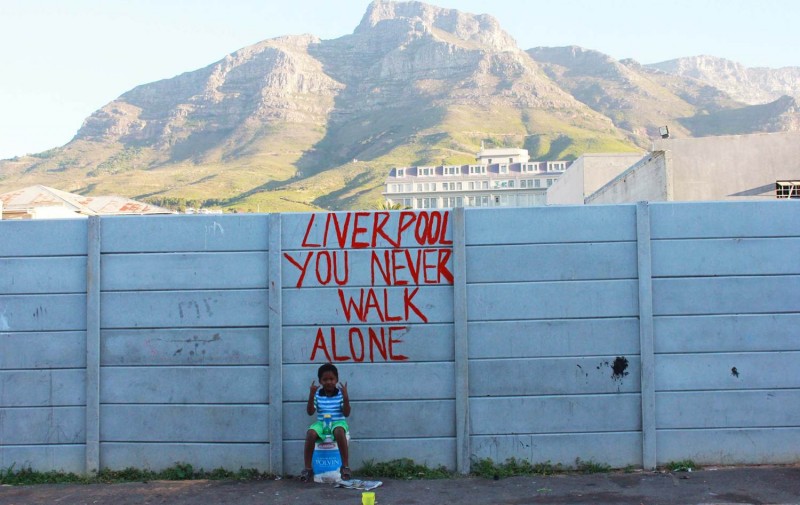Over the past few weeks, orange profile pictures have appeared on social media in South Africa, apparently inspired by a similar campaign from Sudan, following the June 3 massacre. Many social media users around the world changed their profile pictures to a blue picture. #BlueForSudan was started in memory of one of the people who had been killed in solidarity with the people of Sudan. The Daily Vox found out what the orange avis for Cape Flats mean for South Africa.
Sherazaad Liesering, a ward secretary of the ANC Youth League in Ekurhuleni told The Daily Vox she is responsible for the changing of pictures to orange. This was in response to the violence happening on the Cape Flats. Liesering says after she saw people making their pictures blue for Sudan, she “thought when people going to do something for the people for Cape Town.”
The Cape Flats in Cape Town is an area that has been described by some as “apartheid’s dumping ground.” During the Group Areas Act, Black and Coloured people were forced in the government-built township of the Flats. The Flats has now been characterised by gang violence and an extremely high murder rate.
On July 11, the minister of police Bheki Cele said that President Cyril Ramaphosa approved the deployment of the South African National Defence Force (SANDF) alongside police during gang-suppressing raids on Friday, 12 July. The Democratic Alliance (DA) who are in charge of the Western Cape said it welcomed the news that the army “will form part of security interventions to address the ongoing gang violence in the Western Cape.”
In response to this and the history of the area, Liesering tweeted out asking people what colour social media profile pictures should be changed to create awareness about what’s happening in Cape Town. “Most of the people said orange so I decided that’s the colour we’re going with because that’s what people suggested,” said Liesering.
She said this colour was chosen because it represents the people of colour facing violence in the area. “In the Cape Flats it’s dominantly coloured people and black people,” said Liesering adding that while some people wanted to make it red they didn’t want to focus only on the bloodshed.
“We want to focus on uplifting all the people of colour there,” she said. Liesering says the media is mostly focused on the army but that’s not the only issue on the Flats. “It’s not just the violence that needs to be addressed […] there are socio-economic issues involved that affect the people of colour there and that’s why it’s gotten to the point it has,” she said.
Liesering has created the Orange Movement which is to create awareness about what is happening. She has started a blog which is to allow people can add their stories about what is happening.
For Liesering the army is both a good and bad idea. She says while the army’s presence is necessary to stop the murders, it won’t help in the long term.
“There is literally people dying in the streets in broad daylight. Innocent lives are being lost. […] The army might halt the murders for now but in the long term, it’s not going to help anything. The socio-economic issues need to be addressed,” she said. Liesering said that the people of the Cape Flats need better housing and infrastructure which the army won’t be able to help with in the long term.
While the Orange Movement started on Twitter, Liesering says it has reached other social media platforms showing the power of social media. She says grassroots activism might be helpful for community issues but for bigger issues, social media is the best way to reach a bigger audience.
“I really wish it could raise more awareness because people can’t live like this. I feel like we just can’t leave these people. It is up to the rest of us to say something and do something,” said Liesering.
Featured image by Raeesa Pather









